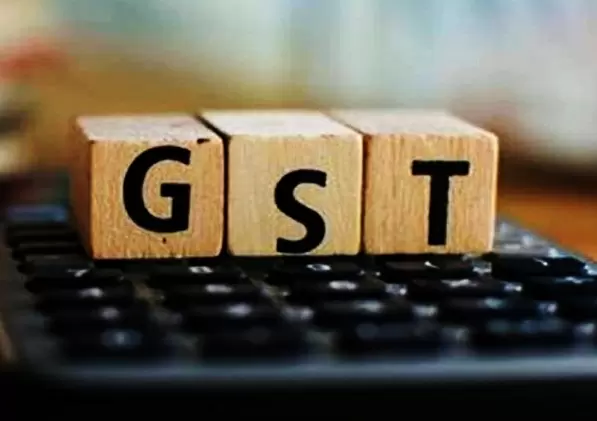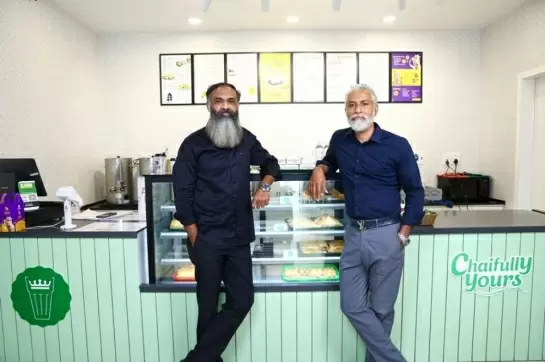Three-tier GST rate structure likely by next fiscal
New Delhi
03-October-2021

PHOTO: IANS
The next few meetings of the GST Council would take the country's new indirect tax regime closer to the goal of providing a transparent tax system with minimal exemptions and fewer rates.
Sources working on the GST rate rational said that a three rate tax structure may become a reality early next fiscal after the views of a group of ministers (GoM) set for purpose is presented before the GST Council.
The idea is, sources said, to move away from the present broad five rate structure of zero, 5, 12, 18 and 28 per cent to just three of 5, 18 and 28 per cent. There would be a small list of exempted items while certain demerit goods could continue to attract higher duty levels.
The lowering rates into three slabs would be done by merging two existing slabs (12-18 per cent), and progress in this direction would be made in phases with rate changes cleared by the GST Council before a three rate structure is placed for all items.
Chief Economic Adviser in the Union finance ministry Krishnamurthy Subramanian has also said that the big reform in GST rates would be undertaken soon as was envisaged earlier.
India has four primary GST rates of 5 per cent, 12 per cent, 18% per cent, and 28 per cent. There is also a cess on luxury and demerit goods such as automobiles, tobacco and aerated drinks. On precious stones and metals, special rates of 0.25 per cent and 3 per cent, respectively, are applicable.
Watch This TWL Video
A proposal to merge the 12 per cent and 18 per cent slabs into a single rate has been discussed for several years. It was expected that a move in the direction would be taken in FY21. But Covid disruptions and sharp fall in collections and relief measures derailed the plan on rate rationalisation. With GST collections again going up over Rs 1 lakh crore mark, the thinking is that three rate structure should be out at the earliest.
If the council approves the merger of the two rates, items such as ghee, butter, cheese and spectacles may become expensive, while soap, kitchenware and apparel may become cheaper.
Finance Minister Nirmala Sitharaman had recently indicated that the effective tax rate under GST had slipped from the original revenue neutral rate of 15.5 per cent to 11.6 per cent 'knowingly or unknowingly' due to multiple rate cuts since GST's introduction in July 2017. The process of rate rationalisation is expected to correct this gap through rate changes in several product categories - IANS
More Headlines
Chennai Police Hunt Suspects After Brutal Kotturpuram Double Murder
Haryana BJP Leader Shot Dead Over Land Dispute On Holi: Police
Mumbai Police Bust High-Profile Sex Racket in Hiranandani Hotel
NPG Evaluates 8 Key Infrastructure Projects Under PM GatiShakti Plan
Rupee Symbol Debate Heats Up as Tamil Nadu Opts for ‘ரூ’
Chennai Police Hunt Suspects After Brutal Kotturpuram Double Murder
Haryana BJP Leader Shot Dead Over Land Dispute On Holi: Police
Mumbai Police Bust High-Profile Sex Racket in Hiranandani Hotel
NPG Evaluates 8 Key Infrastructure Projects Under PM GatiShakti Plan
Rupee Symbol Debate Heats Up as Tamil Nadu Opts for ‘ரூ’










